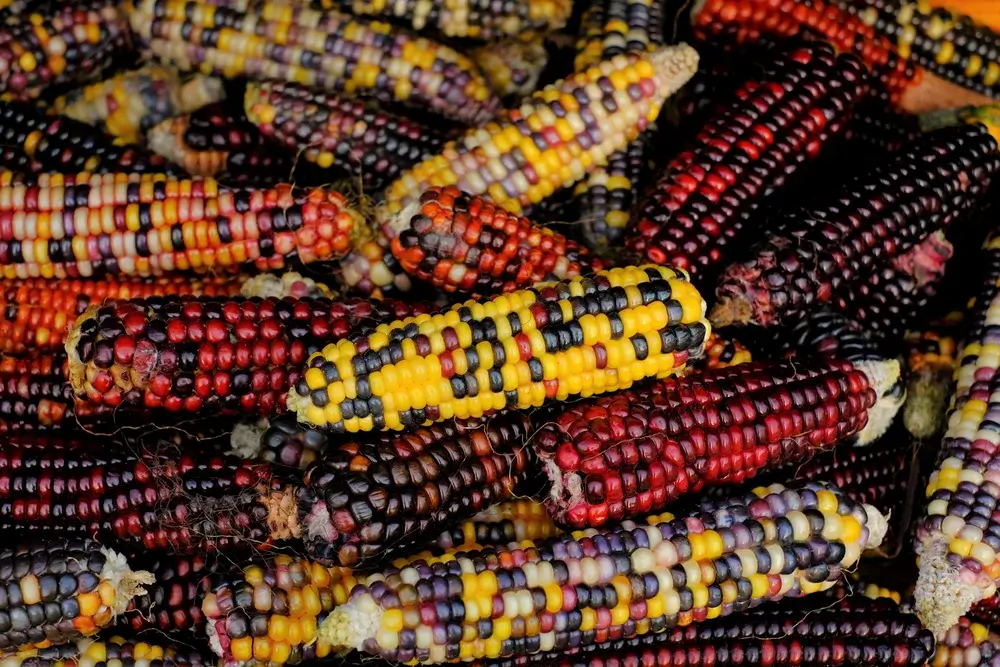This story was initially revealed by Causes to be Cheerful, and is reprinted with permission.
When Michael Kotutwa Johnson goes out to the acreage behind his stone dwelling to reap his corn, his fields look vastly fully completely different from the numerous rows of corn you see in numerous rural North America. Bundled in groups of 5 – 6, his corn stalks shoot out of the sandy desert in bunches, resembling bushels fairly than tightly spaced rows. “We don’t do your typical 14-inch spaced rows,” he says.


In its place, Kotutwa Johnson, an enrolled member of the Hopi tribe, practices the Hopi customized he found from his grandfather on the Little Colorado River Plateau near Kykotsmovi Village in northeastern Arizona, a 90-minute drive from Flagstaff: “In spring, we plant eight to 10 corn kernels and beans per hole, extra apart, so the clusters all stand collectively in opposition to the climate and defend the soil moisture.” For example, extreme winds often blow sand all through the barren plateau. “This 12 months was a fairly scorching and dry 12 months, nevertheless nonetheless, a number of of the crops I raised did pretty properly,” he says with a cheerful smile. “It’s 12 months for squash, melons and beans. I’ll have the power to propagate these.”
Dry farming has been a Hopi customized for plenty of millennia. Kotutwa Johnson might assemble some security for his crops with desert brush or cans to guard them from the wind, nevertheless his crops thrive with none fertilizer, pesticides, herbicides, mulch or irrigation. That’s all the further spectacular since his house usually will get decrease than 10 inches of rain per 12 months.
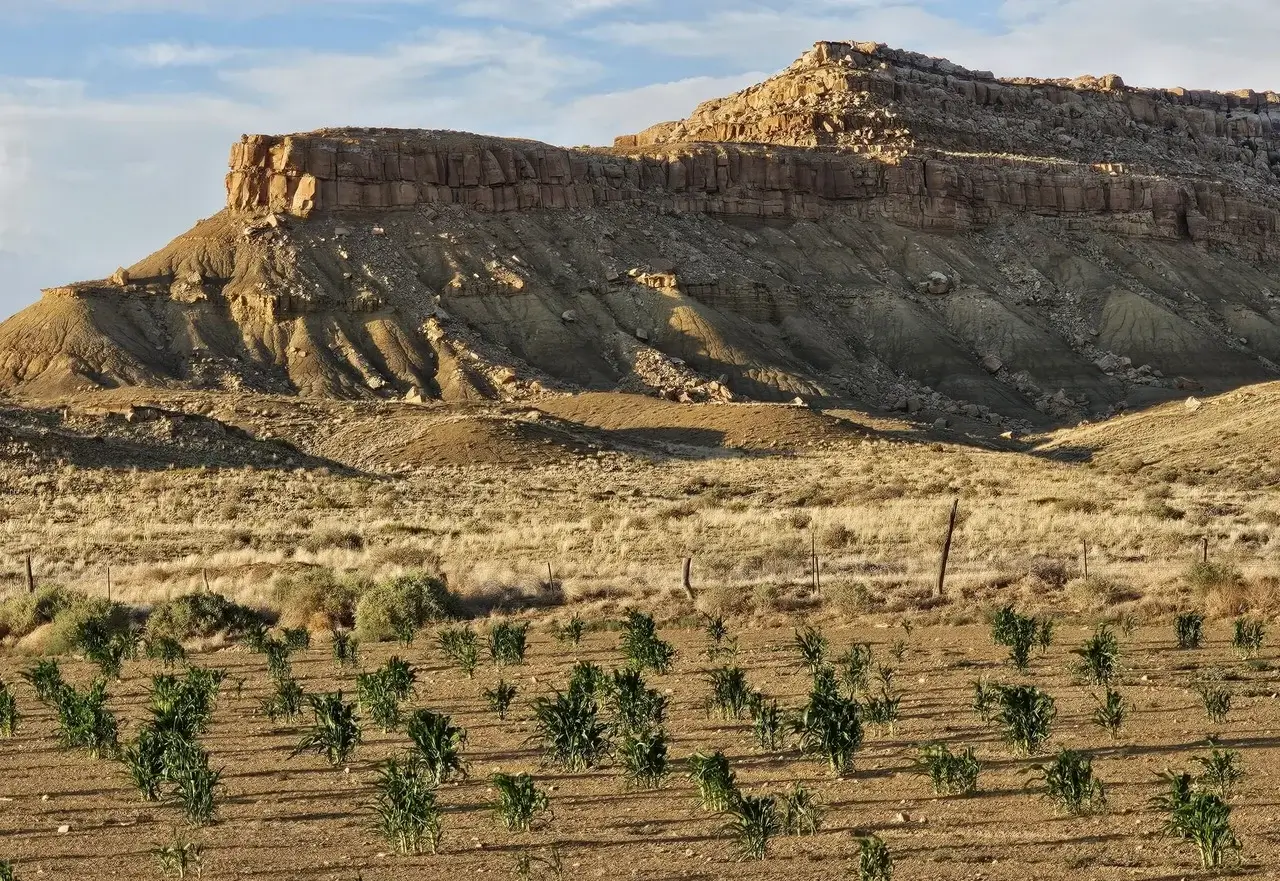

Inside the interval of native climate change, the apply of dry farming is met with rising curiosity from scientists and researchers as farmers grapple with droughts and unpredictable local weather patterns. For example, the Dry Farming Institute in Oregon lists a dozen farms it companions with, rising one thing from tomatoes to zucchini. However, Oregon has moist winters, with an annual rainfall of over 30 inches, whereas on the plateau in Arizona, Johnson’s crops get decrease than a third of that. Farmers in Mexico, the Heart East, Argentina, Southern Russia and Ukraine all have experimented with dry farming, relying on pure rainfall, though circumstances and practices fluctuate in each space.
For Kotutwa Johnson, it’s a matter of faith and experience. Between April and June, he checks the soil moisture to seek out out which crops to plant and the way in which deep. He makes use of the usual wooden Hopi planting stick like his ancestors, on account of preserving the best soil by not tilling is part of the apply. “We don’t need moisture meters or one thing like that,” he explains. “We plant each factor deep, as an illustration, the corn goes 18 inches deep, counting on the place the seeds will uncover moisture,” relying on the humidity from the melted winter snow and annual monsoon rains in June.
READ MORE
Sweet corn is on a decades-long decline.
His harvest appears distinctive, too. “Everyone knows 24 sorts of indigenous corn,” he says, exhibiting off kernels in indigo blue, purple crimson, snow white, and yellow. His quite a few types of lima and pinto beans shimmer in white, brown, merlot crimson and mustard yellow. Analysis have confirmed that indigenous maize is further nutritious, richer in protein and minerals than typical corn, and he hopes to substantiate associated outcomes alongside together with his private crops in his operate as professor on the School of Pure Belongings and the Setting on the School of Arizona, and as a core faculty member with the fledgling Indigenous Resilience Coronary heart, which focuses on researching resilient choices for Indigenous water, meals and energy independence. He earned a PhD in pure sources, specializing in Indigenous agricultural resilience, not least to “have a seat on the desk and diploma the collaborating in space, so mainstream stakeholders can really hear me,” he says. “I’m not proper right here to be the token Native; I’m proper right here to help.” For example, he attended COP 28, the 2023 United Nations native climate change conference in Dubai, to share his information about “the reciprocal relationship with the surroundings.”
“I’m not proper right here to be the token Native; I’m proper right here to help.”
Kotutwa Johnson was born in Germany on account of his dad was throughout the navy, nevertheless he spent the summers alongside together with his grandfather planting corn, squash, beans and melons the Indigenous method within the an identical fields he’s farming now, the place he finally constructed an off-grid stone dwelling alongside together with his private fingers. “As a baby, I hated farming on account of it’s onerous work,” he admits with disarming honesty, adopted by a quick snort. “Nonetheless later I observed the information in it. We’ve accomplished this for properly over 2,000 or 3,000 years. I’m a 250th-generation Hopi farmer.”
Not like many alternative Indigenous tribes, the Hopi weren’t pushed off their land by European settlers. “We’re very fortunate that we had been in no way relocated,” Kotutwa Johnson says. “We chosen this land, and we’ve found to adapt to our harsh setting. The custom is tied into our agricultural system, and that’s what makes it so resilient.”
However, the Hopi tribe doesn’t private the land. Legally, the US holds the title to the 1.5 million acres of reservation the Hopi occupy in Northwestern Arizona, a fraction of their genuine territory. Kotutwa Johnson estimates that solely 15 % of his neighborhood nonetheless farms, down from 85 % throughout the Thirties, and some Hopi quote the dearth of land possession as an obstacle.
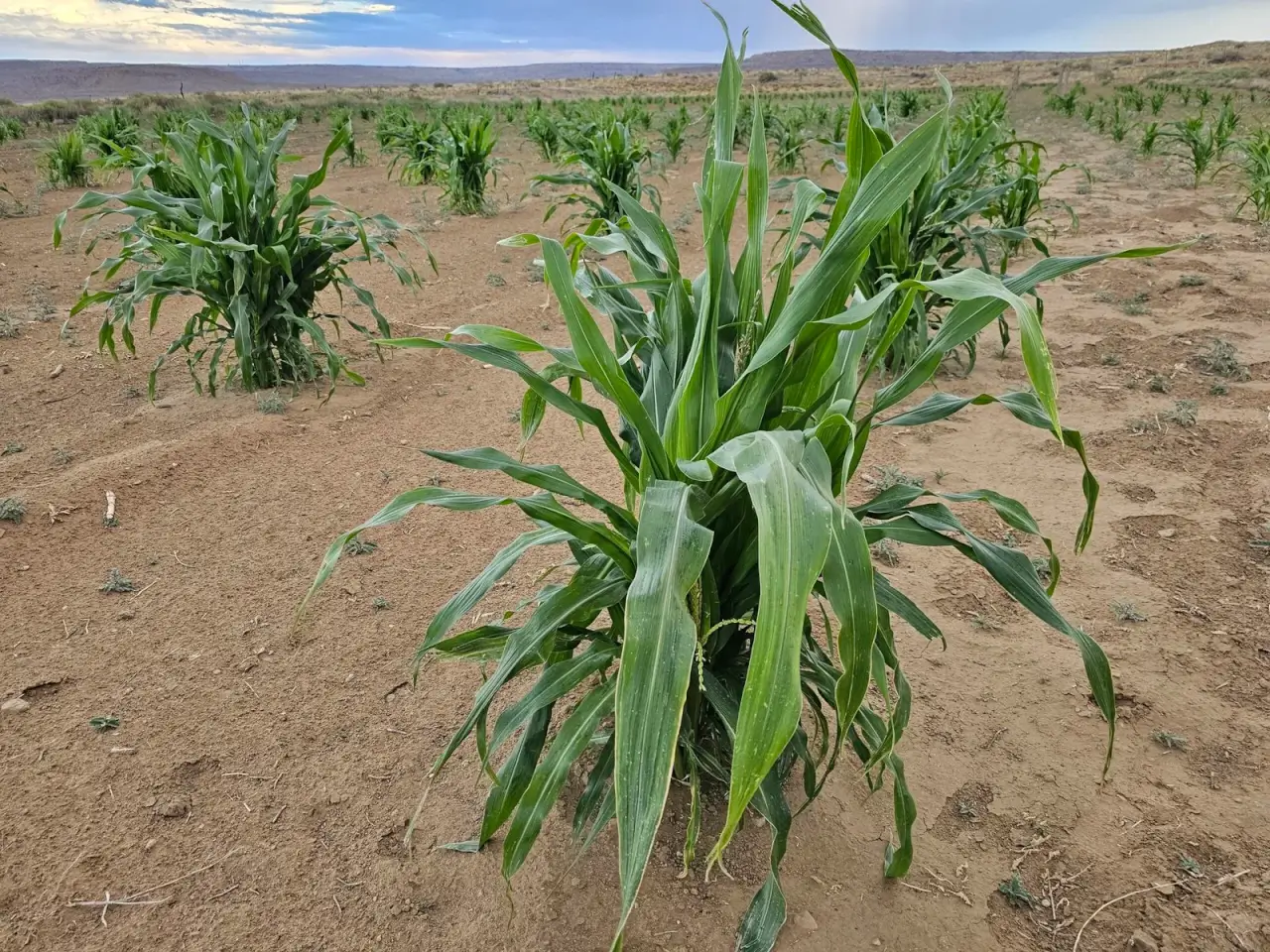

Like on many reservations, the Hopi reside in a meals desert, the place tribal members should drive one or two hours to find a primary grocery retailer in Flagstaff or Winslow. Extreme expenses of diabetes and weight issues are a consequence of lacking fast entry to up to date produce. “For individuals who’re born proper right here you have gotten a 50 % chance of getting diabetes,” Kotutwa Johnson says. “To me, that’s the distinctive harm: the disruption of our typical meals. By bringing once more the meals, you moreover carry once more the custom.”
Traditionally, Hopi girls are the seed keepers, and the paintings of dry farming begins with the appropriate seeds. “These seeds tailor-made to having no irrigation, and they also’re very useful,” Kotutwa Johnson says. He is fiercely defending of the seeds he propagates and solely exchanges them with completely different tribal members contained in the neighborhood.
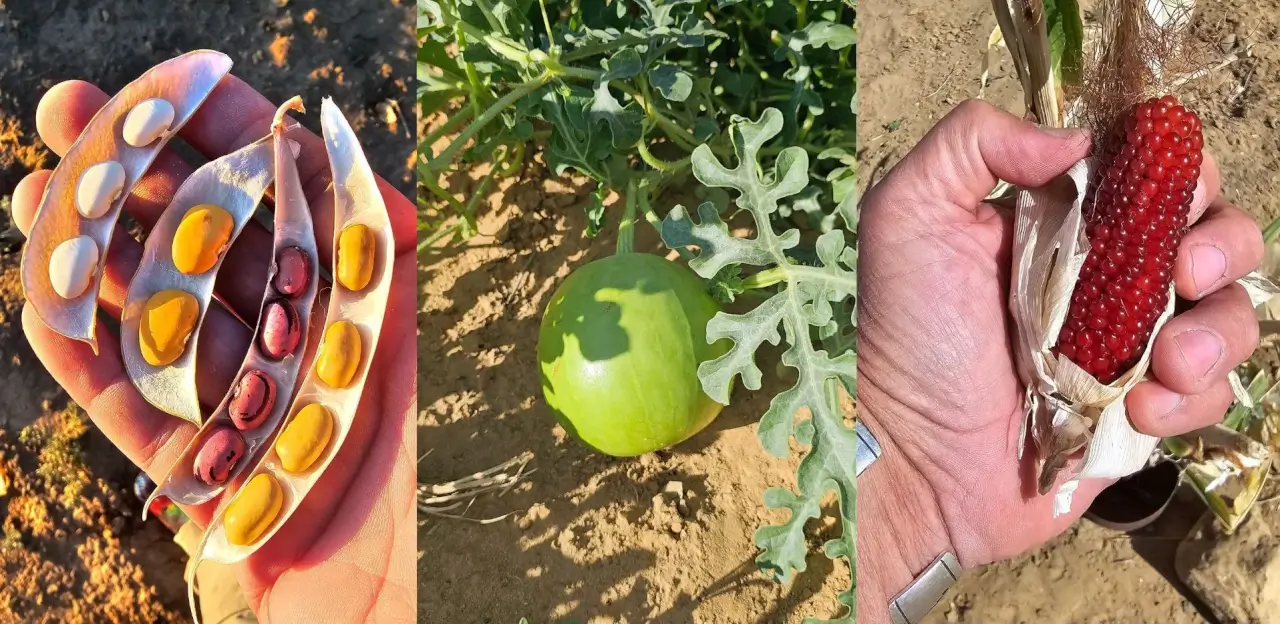

In that spirit, he was overjoyed to acquire 800-year-old corn ears from an individual who these days found them in a collapse Glen Canyon. Kotutwa Johnson planted the corn, and a few fifth really sprouted. He raves regarding the little white corn ears he was ready to reap: “It’s so great we obtained to hold these seeds home. It was like opening up an early Christmas present.”
From a traditional perspective, “we acquired points to survive,” he says. “In our faith, we think about the first three worlds had been destroyed, and as soon as we acquired right here as a lot as this world, we acquired a planting stick, some seeds and water by a caretaker who was proper right here sooner than us.”
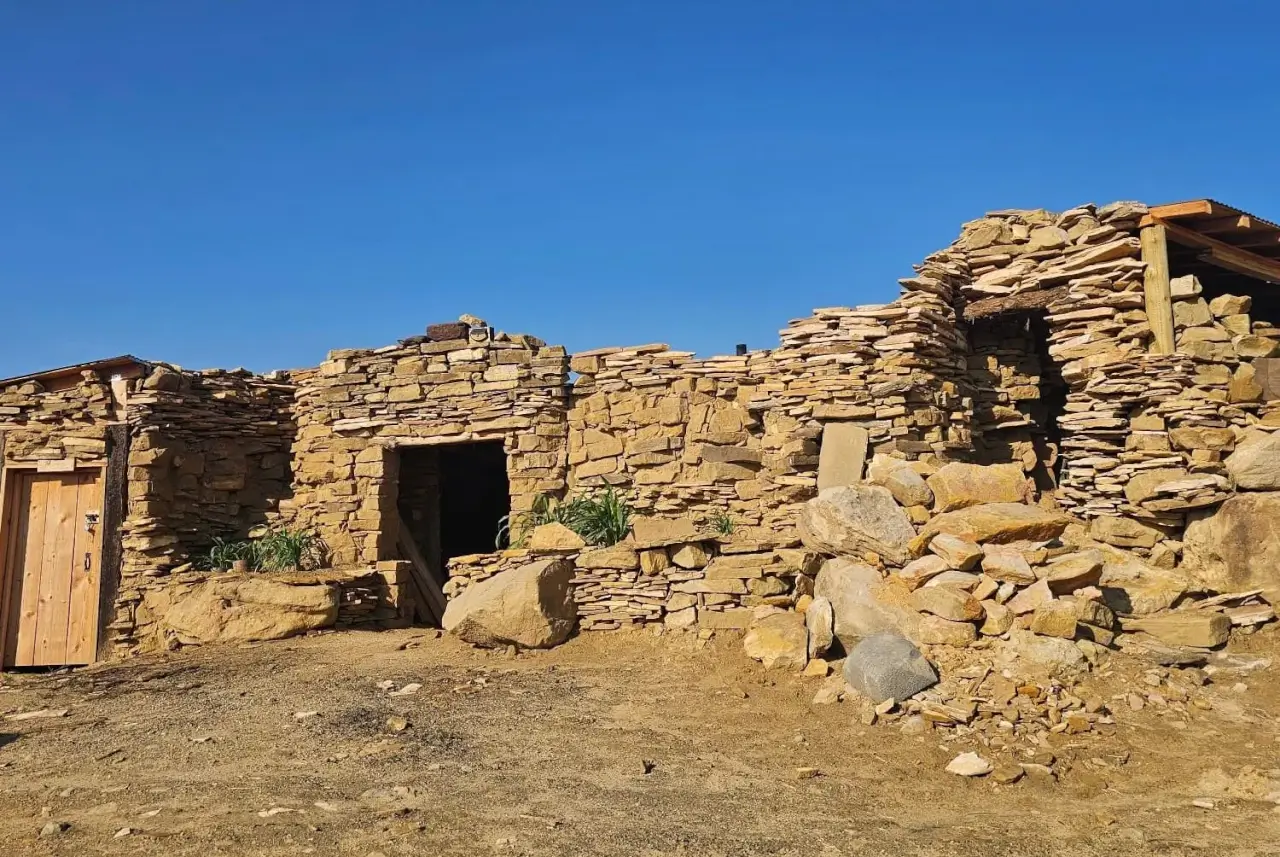

He doesn’t think about that native climate change may be stopped. “Nonetheless we’ll adapt to it, and our seeds can adapt.” This is usually a important tenet of Hopi farming: In its place of manipulating the setting, they elevate crops and cultivate seeds that modify to their surroundings. His crops develop deep roots that stretch quite a bit farther down into the underside than typical crops.
“Our faith tells us that we’ve got to plant every single 12 months it would not matter what we see,” even in drought years, he explains. “Some years, we’d not plant quite a bit, nevertheless we nonetheless plant regardless on account of these crops are like us, they need to adapt.”
Dry farming is “not very economically surroundings pleasant,” he admits. “The whole thing is pushed in route of consolation today. We’re not attempting to make a large buck out proper right here; we’re proper right here to care for our custom and apply points we’ve on a regular basis accomplished to have the power to outlive.”
Kotutwa Johnson would not promote his produce. He retains a proportion of the seeds to propagate and presents the rest to kinfolk and his neighborhood or trades it for various produce.
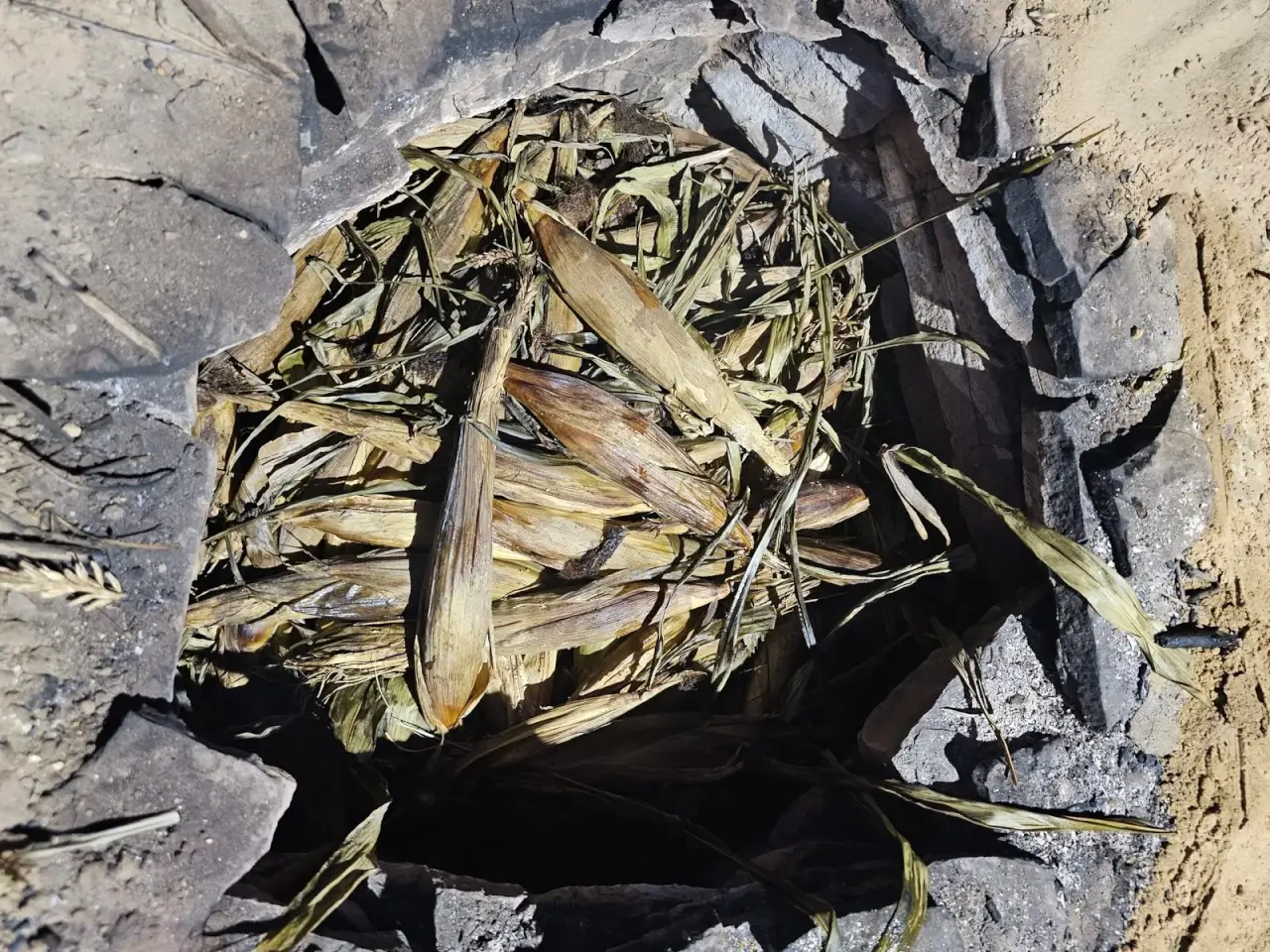

Nonetheless his imaginative and prescient far surpasses his 9 acres. He wants to maneuver on his dry farming methods to the following know-how, merely as he found them from his grandfather, and he often invites youth to participate in farming workshops and communal planting. That’s why he these days started the Fred Aptvi Foundation, named after his grandfather, to cope with establishing a seed monetary establishment and a Hopi youth agricultural program that features the Hopi language. Aptvi means “one who crops aside from one different,” Kotutwa Johnson explains. “It’s about revitalizing what’s there, not reinventing it.”
